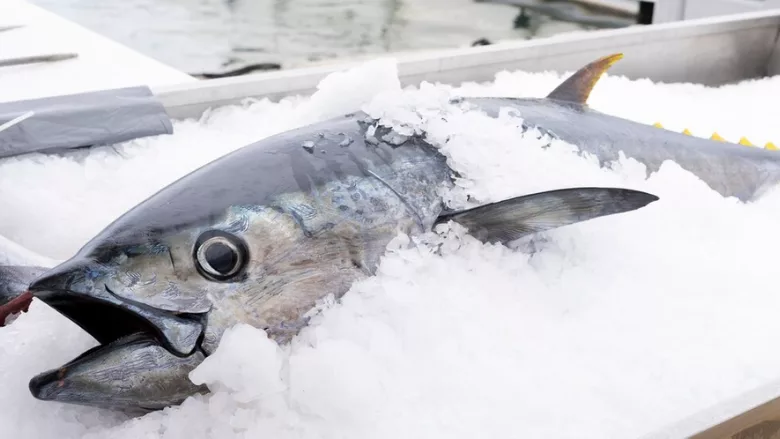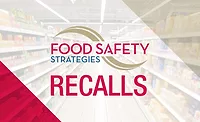EU Proposes Stricter Tuna Freezing Rules Onboard Vessels to Fight Food Fraud, Scombroid Poisoning

Image credit: vwalakte via Freepik
To combat food fraud and reduce instances of scombroid poisoning caused by histamine contamination, a new European Commission draft regulation would tighten regulations for freezing tuna onboard vessels.
The draft regulation would amend Annex III of Regulation (EC) 853/2004. At present, Annex III of the existing regulation requires freezer vessels to have freezing equipment with sufficient capacity to freeze as quickly as possible in a continuous process, and with a thermal arrest period that is as short as possible, to achieve a core temperature of not more than -18 °C. In the case of whole fish for canning frozen in brine, temperatures are not to exceed -9 °C. Even if such fish are subsequently frozen at -18 °C, they can still only be destined for canning.
Food Fraud Leading to Illnesses
Fraudulent activities in violation of this regulation have been observed by EU authorities. Specifically, food business operators have been illegally selling tuna that had been frozen in brine at -9 °C, and could therefore only be destined for canning, by placing it on the market as fresh tuna. Moreover, instances of the illegal use of additives to change the color of tuna frozen in brine at -9 °C have been recorded, to make the tuna appear as if it were fresh.
Additionally, an increasing number of notifications have been issued on the EU Rapid Alert System for Food and Feed (RASFF) regarding the presence of histamine above maximum limits in vacuum-packed thawed tuna loins that have been treated with color-changing additives and fraudulently sold as fresh, as well as notifications of scombroid/histamine food poisoning associated with the consumption of such tuna products.
Meanwhile, Commission consultations with the competent authorities and stakeholder organizations have shown that freezing technology onboard vessels has substantially improved. It is now possible to freeze tuna in brine at -18 °C while maintaining its organoleptic characteristics and ensuring its safety, if certain conditions are met.
Specifics of the Draft Regulation
In light of fraudulent practices and improved technology, the draft regulation would set new hygiene requirements to ensure that tuna is frozen in brine at -18 °C. Food business operators should identify the capacity of vessels freezing tuna in brine by executing a validation plan during the approval procedure of such freezer vessels, to enable competent authorities to more easily identify tuna coming from such freezer vessels during official controls and to take action against operators illegally placing on the market tuna not frozen at -18 °C.
The draft regulation would also require that freezer vessels are equipped so as to be able to freeze tuna in brine at -18 °C for a predetermined period of time, and would set time and core temperature parameters when freezing tuna in brine at -18 °C. The decrease in temperature would have to be carried out in a continuous process, and in compliance with certain requirements.
Looking for quick answers on food safety topics?
Try Ask FSM, our new smart AI search tool.
Ask FSM →
Specifically, per the draft regulation as it is currently proposed, when a direct freezing process in brine is carried out, the total time for tuna to reach -18 °C at its core must not exceed 96 hours after capture and being placed in brine, and the tuna must reach a core temperature below 0 °C in less than 24 hours.
When a cooling process in cooled, clean seawater is carried out before placing the tuna in brine, the temperature of the mixture of tuna and cooled clean seawater must reach 3 °C in less than six hours, and 0 °C in less than 16 hours. The total cooling process in cooled, clean seawater must not exceed 72 hours after the first capture of tuna has been placed in the cooled clean seawater tank. Once tuna is placed in brine, the total duration of the freezing process from 0 °C to -18°C core temperature must not exceed 72 hours.
Food business operators must monitor the salt concentration of the brine and take appropriate action to maintain the salt concentration set out in their validation plan. For verification purposes, the food business operators must also continuously record the temperature of a sample of tuna through a temperature-measuring instrument inserted in the part of the fish that will freeze most slowly.








